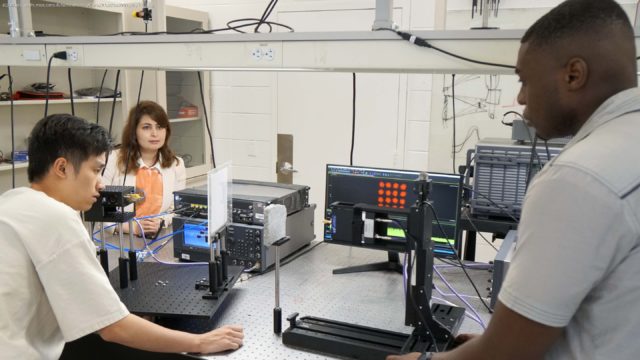Wireless beams can learn to curve around walls
High-frequency signals collapse when walls or people block their path
Neural networks learned beam bending by simulating countless basketball practice shots
Metasurfaces integrated into transmitters shaped signals with extreme precision
For years, researchers have struggled with some vulnerabilities in ultrahigh-frequency communications.
Ultrahigh frequencies are so fragile that signals that promise immense bandwidth can collapse when confronted with even modest obstacles, as walls, bookcases, or simply moving people can bring cutting-edge transmissions to a halt.
However, a new approach from Princeton engineers suggests those barriers may not be permanent roadblocks, although the leap from experiment to real-world deployment still remains uncertain.From physics experiments to adaptive transmissions
The idea of bending signals to avoid obstacles is not new. Engineers have long worked with “Airy beams,” which can curve in controlled ways, but applying them to wireless data has been hampered by practical limits.
Haoze Chen, one of the researchers, says most prior work focused on showing the beams could exist, not on making them usable in unpredictable environments.
Home
United States
USA — software Scientists find a way to potentially reach terabit speeds wirelessly around obstacles...






